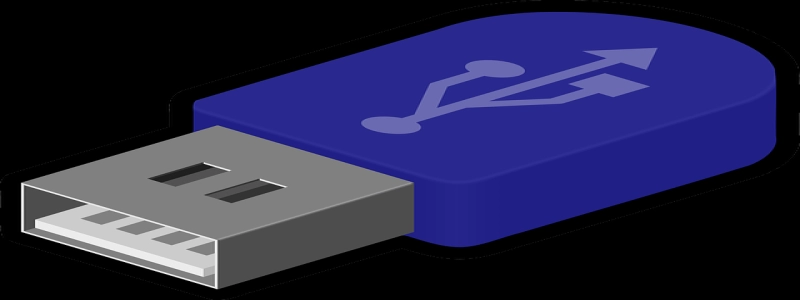CWDM Vs DWDM
je. Introduction
UN. Definition of CWDM
B. Definition of DWDM
II. Principle
UN. CWDM principle
1. Utilizes wide wavelengths in the range of 1270nm to 1610nm
2. Each channel is spaced 20nm apart
B. DWDM principle
1. Utilizes dense wavelengths in the range of 1525nm to 1565nm
2. Each channel is spaced as close as 0.8nm apart
III. Capacity
UN. CWDM capacity
1. Supports up to 18 different channels
2. Each channel can transmit at a data rate of up to 10Gbps
B. DWDM capacity
1. Supports up to 160 different channels
2. Each channel can transmit at a data rate of up to 100Gbps
IV. Distance
UN. CWDM distance
1. Suitable for short-distance transmission
2. Typically used for communication within a metropolitan area
B. DWDM distance
1. Suitable for long-distance transmission
2. Can transmit signals over thousands of kilometers
V. Coût
UN. CWDM cost
1. Relatively lower cost
2. Affordable for small to medium-sized enterprises
B. DWDM cost
1. Higher cost due to its advanced technology
2. Suitable for large-scale deployments by telecommunication companies
VI. La flexibilité
UN. CWDM flexibility
1. Allows the addition or removal of channels without disrupting the existing ones
2. Offers scalable solutions for network expansion
B. DWDM flexibility
1. Provides high scalability and flexibility for future growth
2. Efficiently utilizes the available bandwidth to accommodate increasing data demands
VII. Application
UN. CWDM application
1. Used for local loop unbundling
2. Suitable for point-to-point connections
B. DWDM application
1. Widely used in long-haul and backbone networks
2. Suitable for high-capacity and high-speed communications
VII. Conclusion
UN. CWDM and DWDM are both important technologies in optical networking
B. CWDM is cost-effective and suitable for shorter distances
C. DWDM offers higher capacity and long-distance transmission capabilities
D. The choice between CWDM and DWDM depends on specific requirements and budgetary considerations.








